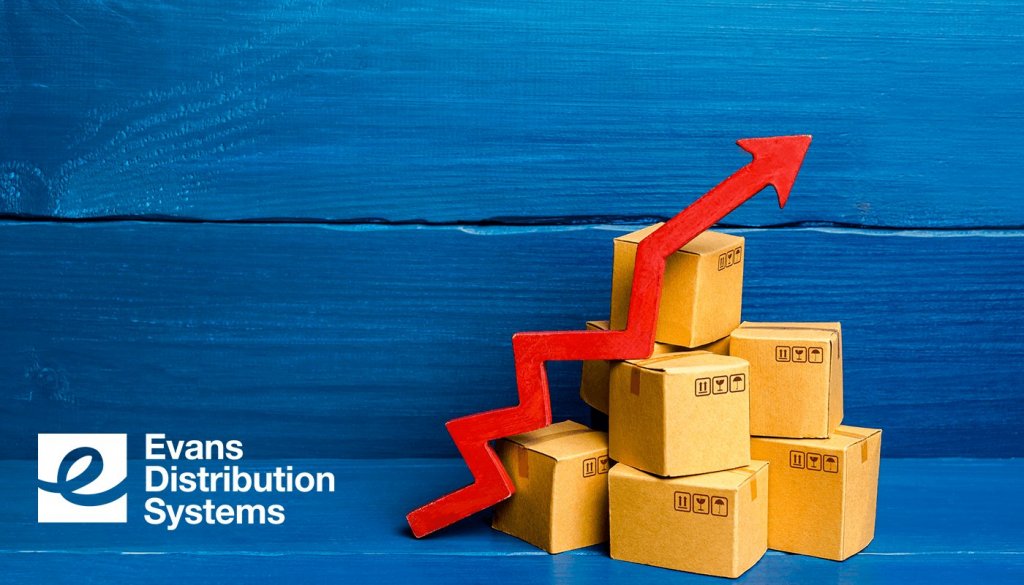Every new year brings new opportunities and predictions on where we’re headed. The supply chain industry has gone through a lot of ups and downs in recent years. With predictions of a looming recession, it’s important to understand the latest trends to prepare for the new year. So, what are some of the trends we can expect in 2023?
Digital Technologies
Third-party logistics providers (3PLs) that invest in new technologies will be well-positioned to improve efficiency, reduce costs, and increase accuracy, to remain competitive and meet the demands of the market. With the rise of ecommerce and the need for faster, more transparent delivery processes, 3PL providers that invest in real-time tracking and visibility technologies will be able to provide better service and improve the customer experience.
Also, the new technologies will enable 3PL providers to handle more orders. More companies are investing in artificial intelligence (AI) and automation technologies to combat labor shortages and keep up with demand. Evans Distribution Systems adopted machine vision with AI to improve order accuracy for our fulfillment customers.
Shipping Rate Increases
Rate increases are not a new trend, but with inflation at a record high for the second year in a row, shipping increases are expected. Rates are expected to rise 6.9% in 2023 and that doesn’t include the increase in surcharges. The increase in rates is concerning for many industries and businesses need to find a way to offset those costs. An experienced 3PL can help businesses save money and strengthen their supply chain. We list some of these cost-saving strategies in our “Tips for Controlling Parcel Rates” article.
Nearshoring
Nearshoring is a business strategy that involves moving production and manufacturing operations closer to the target market. By nearshoring, companies can reduce transportation costs, improve lead times, and increase flexibility. It also allows for better communication and collaboration between the production and operations teams, as well as a better understanding of the target market.
Nearshoring has become a very popular strategy in recent years as a result of supply chain delays and shutdowns. However, this strategy requires a significant investment of time and money before it can be implemented.
Going Green (Circular Economy)
The circular economy describes companies that utilize reused or re-manufactured goods in an environmentally friendly way. Companies are starting to see the benefits of a circular economy as a way to create a more sustainable, resilient, and profitable supply chain.
There are many ways supply chains can participate in a circular economy. Using sustainable shipping materials, recycling old boxes, and conducting regular environmental audits are a few examples. A circular economy can help reduce carbon emissions and save money in the long term by extending the life cycle of common products.
Evans Distribution Systems is a full-service third-party logistics provider that can help you reach customer demand. Contact us at sales@evansdist.com or call 1-800-OK-EVANS to speak to an expert today.

